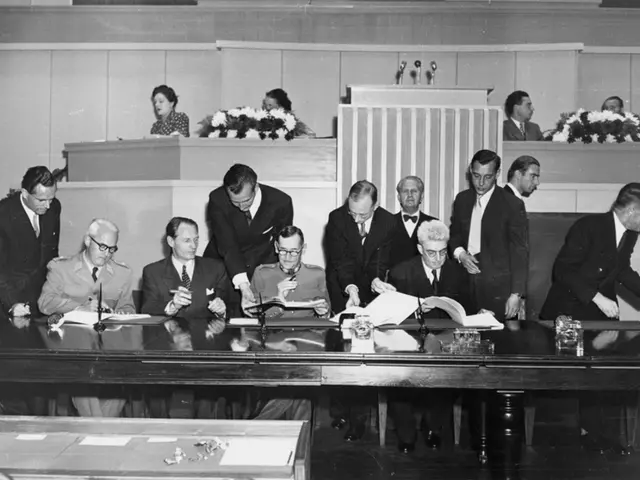Discovery Reveals How Lipids Control Cardiac Rhythm
Researchers have uncovered crucial molecular mechanisms governing the gating of cardiac KCNQ1-KCNE1 channels. This discovery provides a molecular explanation for the genotype-phenotype correlations observed in hereditary long QT syndrome, a potentially fatal arrhythmia linked to KCNQ1 mutations.
The study by Zhong et al. reveals that secondary structure transitions within the channel and dual binding sites for phosphatidylinositol 4,5-bisphosphate (PIP2) control the opening and closing of these vital ion channels. The research shows that alterations in the secondary structure of the voltage-sensing domain (VSD) propagate conformational changes to the pore domain, facilitating channel opening or closure. Ion channels such as KCNQ1-KCNE1 complexes are fundamental to cardiac action potentials, enabling potassium ion flow that shapes the repolarization phase. The findings suggest that the lipid microenvironment of cardiac cells directly influences cardiac excitability and rhythm stability. The binding of PIP2 at one site promotes channel opening, while the second site reinforces structural stability, ensuring robust gating fidelity. This illustrates how lipid-protein interactions can orchestrate ion channel activity with a level of nuance previously underestimated, potentially extending beyond cardiac channels to other voltage-gated channels and receptors.
The discovery of dual binding sites for PIP2 in cardiac KCNQ1-KCNE1 channels provides new insights into the molecular mechanisms governing cardiac excitability and rhythm stability. This understanding may have implications for the treatment and management of hereditary long QT syndrome and other cardiac arrhythmias.







